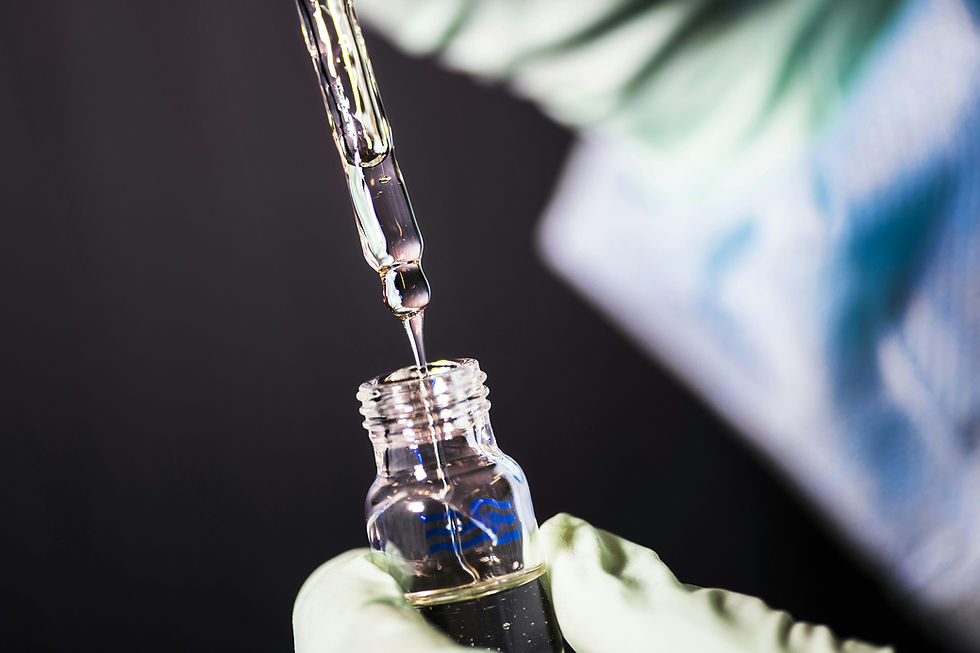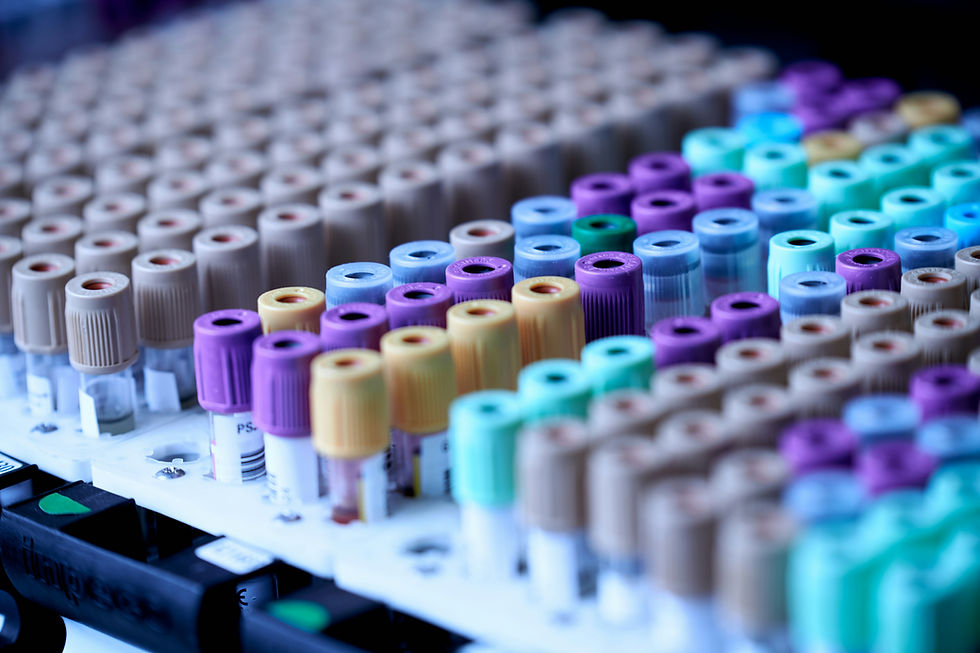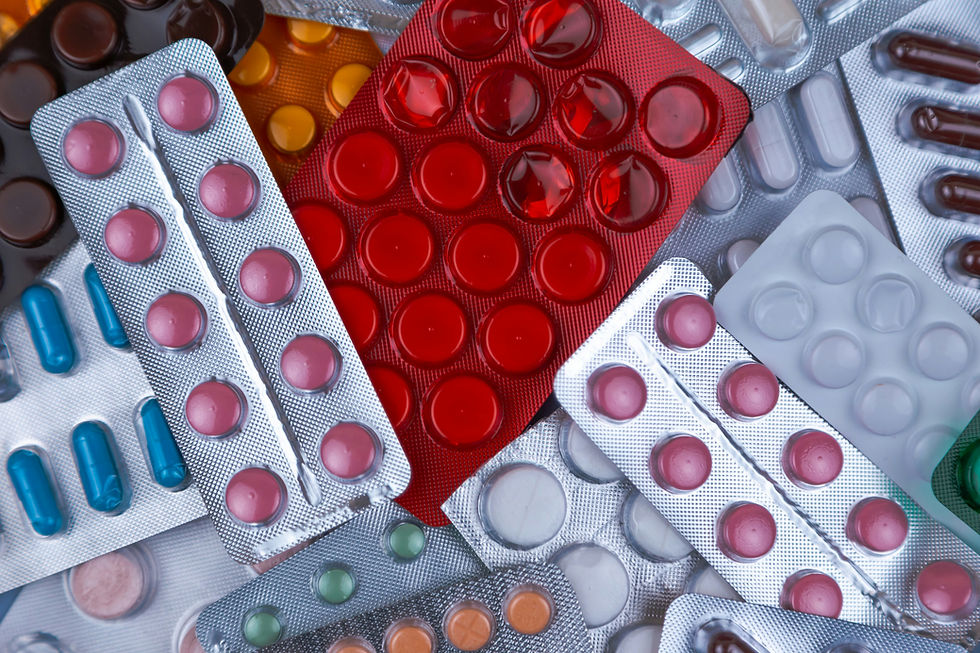What is Unit Dose Packaging
- George Bouton
- Aug 30, 2024
- 3 min read
Benefits of Unit Dose Packaging over Traditional Medical Packaging
Unit dose packaging is a modern approach in pharmaceutical and medical fields, offering precise, single-dose quantities of medication. Predominantly used in hospitals and healthcare facilities, this packaging method enhances safety, compliance, and efficiency in drug administration.

The Evolution of Pharmaceutical Packaging
Pop open your medicine cabinet or kitchen drawer and you’ll likely find a handful of medications in blister packs or vials. You’ve probably seen this type of packaging your entire life, but – believe it or not – unit dose packaging was first introduced in the 1960’s.
Necessity drove unit dose packaging, with the first attempts made by community hospitals trying to reduce medication errors. Research picked up at state universities including the University of Florida, Arkansas, Iowa, Wisconsin, Kentucky, and Ohio State. The advances throughout the 1960’s marked a pivotal change in how medications are delivered and significantly improved patient outcomes.
While the initial setup for unit dose packaging systems can be costly, the long-term savings associated with reduced medication errors, improved patient outcomes, and decreased waste offset these costs.

Advantages of Unit Dose Packaging
Error Reduction
One of the foremost benefits of unit dose packaging is its ability to minimize dosing errors. By providing medications in single-dose formats, pharmacists and healthcare providers can ensure accurate dosage delivery, significantly reducing the risk of overdose or underdose.
Patient Compliance
Unit dose packaging simplifies the process for patients to follow their medication schedules, particularly for those on multiple prescriptions. The clear labeling and ease of use help patients adhere to their treatment regimes, ultimately leading to better health outcomes. This is helpful for all ages, especially older patients who may struggle with eyesight and motor skills.
Safety Features
The design of unit dose packages often includes tamper-evident and child-resistant features, providing an added layer of safety and security for both patients and healthcare providers.
Types of Unit Dose Packaging
Blister Packs
Blister packs are among the most common forms of unit dose packaging. They are cost-effective, provide a barrier to moisture, air, and contaminants, and are easy to use, making them popular in both clinical and retail settings. As we mentioned earlier, blister packs are probably the type of unit dose packaging you are most familiar with. Many over the counter medications including pain relievers and allergy pills come in blister packs.

Pre-filled Syringes
For liquid medications, pre-filled syringes offer a reliable unit dose option. They reduce preparation time and minimize waste, ensuring that patients receive the exact amount of medication required.
Vials and Ampoules
Vials and ampoules are used for single-use injectable medications. “Wait, wait!” we can already hear you. “I know what a vial is, but what the heck is an ampoule?” An ampoule is a type of small, single-use vial (typically made of glass) that gets its name from the French word ampule. Glass ampoules are more expensive than bottles, but the imperviousness of the all-glass interior surface to gas and liquids can be worth the extra cost.
While ampoules are designed to hold a single dose, vials can contain more than one dose but are often used in a single-dose manner to ensure sterility.
Advances in Unit Dose Packaging Technology
The technology behind unit dose packaging is continually evolving. Advances in material science have led to more durable, lightweight, and sustainable packaging solutions. These innovations not only support safety and compliance but also contribute to the environmental goals of reducing pharmaceutical waste.
Emerging technologies like smart packaging, which incorporates digital elements such as RFID tags or QR codes, are set to transform unit dose packaging even further. These features can provide additional information directly to patients and healthcare providers, enhancing the overall treatment experience.
GCB Solutions is Here to Help
As medical packaging experts, it's not just about selling a product to us; it's about promoting a safer, more effective way to administer medications.
Call us at (904) 263-2804 or schedule a free consultation today to learn more about how we can fill your medical packaging needs.

コメント